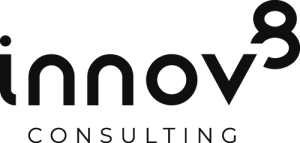
Safe our human skills!
The number of tasks completed by machines vs. humans will rise from 34% in 2022 to 43% in 2027 according to the study published in the Future of Jobs report 2023 by the World Economic Forum and for sure that percentage will increase even more over the next ten years.
More and more complex tasks will be automated by technology and this will give us the opportunity to re-position ourselves alongside technology (kindly said ;). The question is then what will be our role as humans with the further evolution of AI, big data and machine learning? What are the skills and attributes that makes us humans truly unique? How can we preserve humanness in a digital world?
As highlighted in my recent article “Houston, we have a problem” we have a significant digital skills gap in Europe and many workers and employees will require digital upskilling. But what about the non-digital skills? What are the skills and characteristics that we need to grow and develop?
Top five skills of 2023 according to the World Economic Forum
- Critical thinking
- Creative thinking
- Resilience, flexibility and agility
- Motivation and self-awareness
- Curiosity and life-long learning
My impression is that actually the top two skills listed above such as creativity and critical thinking are at risk of declining if not actively developed and nurtured in kindergartens, school, by ourselves and more broadly in organisations.
Talking to my nephew recently, who works as a kindergarten teacher, he said to me that kids at the ages of 5 and 6 find it increasingly difficult to engage in creative activities. Their creative references are often limited to reels they have seen on Tiktok or Instagram and they are not aware of what other ways of being creative are available to them – it requires active teaching and learning.
One the other hand I have noticed that we as adults may equally struggle when it comes to creative thinking. When recently coaching various leaders as part of a leadership development program there was one skill where everyone scored themselves low: creativity.
Everyone can be creative, not just the artists amongst us
I firmly believe that creativity is not reserved to a small group of artistic folks out there – everyone can be and is creative, not just those that make beautiful drawings. It can be a powerful muscle if trained regularly.
Equally critical thinking has become a super important skill-set, particularly in a world were we need to be able to identify false from correct information and make calculated decisions.
So what are some of the things that we can all do more regularly so that we can preserve the special human skills which machines for many years to come will not be able to perform?
Examples of creative thinking
- Brainstorming: This is a technique used to generate a large number of ideas in a short period. It involves free association, where individuals are encouraged to generate as many ideas as possible, without judging or evaluating them.
- Lateral thinking: This is a technique that involves looking at a problem from a different perspective or angle. It encourages individuals to explore new and unusual possibilities to solve a problem.
- Mind mapping: This is a visual technique that involves creating a diagram to connect ideas and concepts. It helps individuals to organize their thoughts and ideas in a non-linear way.
- Design thinking: This is a problem-solving approach that emphasizes empathy, experimentation, and iterative processes. It encourages individuals to prototype and test their ideas to find innovative solutions to complex problems.
Critical thinking examples
- Analysis of arguments: Critical thinking involves identifying the main arguments in a piece of writing or speech and evaluating their validity, coherence, and strength. This includes assessing the evidence presented, the assumptions made, and the logical connections between the premises and the conclusion.
- Problem-solving: Critical thinking involves identifying and defining problems, considering alternative solutions, and evaluating their advantages and disadvantages. It also involves choosing the best solution based on evidence, logic, and sound judgment.
- Evaluating sources: Critical thinking involves assessing the reliability, validity, and relevance of sources of information, such as articles, books, and websites. This includes evaluating the author’s credentials, the publication’s reputation, and the quality of the evidence presented.
- Decision-making: Critical thinking involves evaluating options and making informed decisions based on evidence and logical analysis. This includes considering the potential consequences of different options, weighing the pros and cons, and choosing the best course of action.
- Reflective thinking: Critical thinking involves reflecting on one’s own thought processes, biases, and assumptions. This includes recognizing one’s own limitations, seeking feedback from others, and continually evaluating and revising one’s own thinking.
I would recommend learning or refreshing your knowledge around these methods – there are a lot of great learning courses on creativity and critical thinking available on Linkedin Learning, Coursera etc which will help you use these techniques more regularly
For me personally I will commit to remind myself every day: take my time to reflect before I decide, say or act and use either creative or critical thinking approaches to get a broader perspective before making a critical decision.
What are some of your perceptions and experiences on this topic? Do you find it difficult to make time for creativity or using critical thinking? Feel free to share or reach out to me for a chat.
Read on LinkedIn





